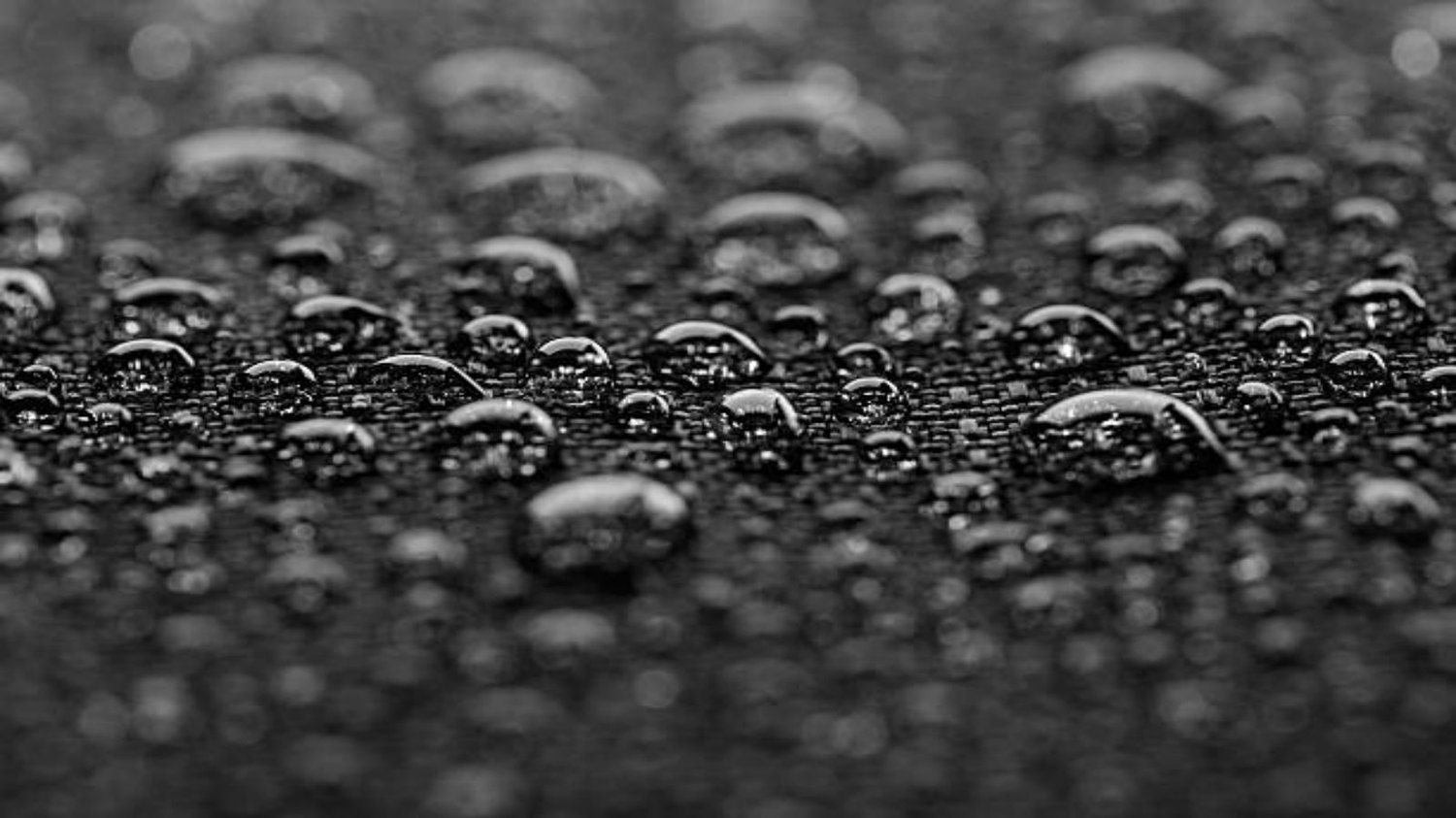Guidance on Choosing the Right Waterproof Fabric for Your Project
Choosing the right waterproof fabric for your project is crucial to ensure the durability and effectiveness of the final product. Whether you are working on outdoor gear, upholstery, or any other water-resistant item, understanding the different aspects of waterproof fabrics is essential. This article provides comprehensive guidance on selecting the right waterproof fabric for your project, covering factors such as fabric types, durability, breathability, and more.
Understanding Fabric Types
The first step in choosing the right waterproof fabric is understanding the different types available. There are several common types of waterproof fabrics, including nylon, polyester, and laminated fabrics. Nylon is known for its strength, durability, and resistance to abrasion, making it a popular choice for outdoor gear such as tents and backpacks. Polyester, on the other hand, offers excellent resistance to sunlight and UV rays, making it suitable for applications that require prolonged exposure to the sun. Laminated fabrics consist of multiple layers, including a waterproof membrane, and are often used in high-performance waterproof garments.
Durability and Longevity
When selecting a waterproof fabric, it is essential to consider its durability and longevity. The fabric should be able to withstand the demands of your project and provide long-lasting protection against water. Look for fabrics that have been treated with durable water repellent (DWR) finishes, as these coatings enhance the fabric's ability to repel water. Additionally, check the fabric's denier rating, which measures the thickness and weight of the fabric. Higher denier ratings indicate increased durability, making the fabric more suitable for heavy-duty applications.
Breathability for Comfort
While waterproofing is crucial, it is equally important to consider the fabric's breathability to ensure comfort during use. Fabrics that are highly waterproof may also trap moisture and heat, leading to discomfort and sweat buildup. Look for fabrics that offer a balance between waterproofing and breathability to allow moisture vapor to escape while keeping water out. This is especially important for outdoor activities where physical exertion and perspiration are involved.
Waterproof Ratings and Testing
Waterproof fabrics are often assigned waterproof ratings that indicate their level of resistance to water penetration. The most common rating system is the "mm" rating, which measures the fabric's ability to withstand water pressure. For example, a fabric with a 10,000mm rating can withstand the pressure exerted by a column of water 10,000mm tall before any moisture penetrates through. Consider the intended use of your project and choose a fabric with a waterproof rating that suits your needs.
Seam Sealing and Water Resistance
Even with a highly waterproof fabric, the seams of your project can become potential weak points for water penetration. To ensure maximum water resistance, it is crucial to properly seal the seams. Seam sealing involves applying a waterproof tape or adhesive to the seams to prevent water from seeping through the stitching holes. When selecting a fabric, consider if it requires seam sealing and ensure you have the necessary tools and materials to accomplish this task effectively.
Additional Features and Coatings
Some waterproof fabrics come with additional features and coatings that enhance their performance. These may include UV protection coatings, antimicrobial treatments, or flame retardant properties. Consider the specific requirements of your project and whether these additional features would be beneficial. However, it is essential to note that additional features may affect the fabric's breathability or add to its weight, so evaluate the trade-offs accordingly.
Care and Maintenance
Proper care and maintenance are crucial to extend the lifespan of your waterproof fabric. Follow the manufacturer's instructions for cleaning and storing the fabric to ensure its performance remains intact. Avoid using harsh detergents or fabric softeners, as these can degrade the fabric's waterproof coatings. Regularly inspect the fabric for signs of wear and tear, and reapply DWR finishes when necessary to restore its water repellency.
Consider the Environment
When choosing a waterproof fabric for your project, consider the environment in which it will be used. If your project will be exposed to extreme weather conditions or high levels of UV radiation, opt for fabrics that are specifically designed to withstand these conditions. Additionally, if you are conscious of the environmental impact of your project, look for fabrics that are made from recycled materials or have eco-friendly production processes.
Consulting Experts and Reviews
If you are unsure about which waterproof fabric to choose for your project, it can be helpful to consult experts or read reviews from others who have used similar fabrics. Online forums, blogs, and industry publications can provide valuable insights and recommendations. Take the time to research and gather information before making your final decision to ensure the best possible outcome for your project.
Conclusion
Choosing the right waterproof fabric for your project is essential to ensure its durability, effectiveness, and comfort. Consider factors such as fabric types, durability, breathability, waterproof ratings, seam sealing, additional features, care and maintenance, environmental considerations, and expert opinions. By taking these aspects into account, you can confidently select the perfect waterproof fabric for your project and create a product that meets your requirements and expectations.

